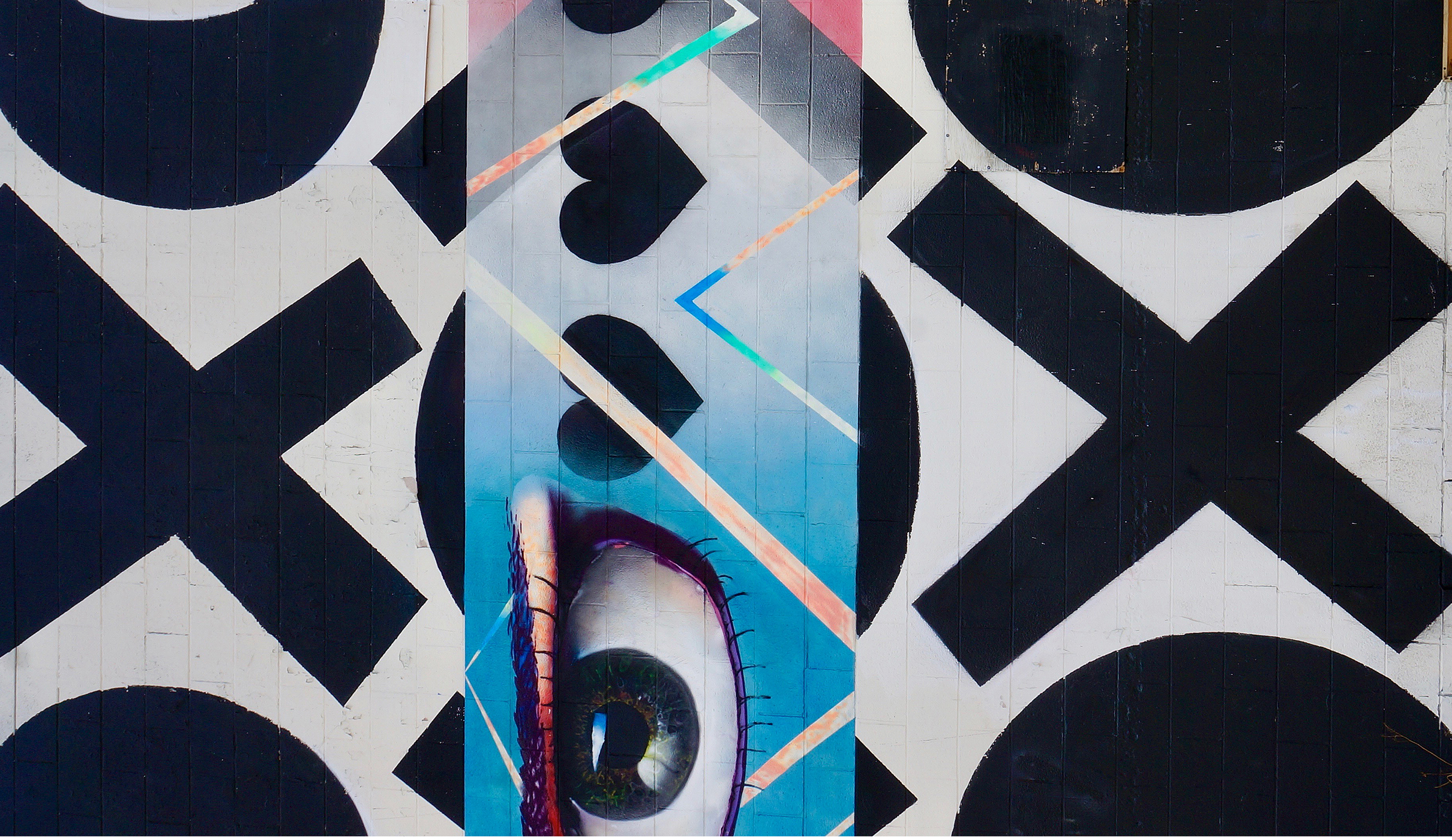We work with museums all over the country. Through each one, we can assume, runs a high level of aesthetic sensitivity, as they rank among the nation’s leading institutions lucky enough to possess our most valued artistic works. (How the “value” of art is determined and by whom is another whole series of blog entries.)
…but back to my original point…museums and the aesthetic stuff.
These institutions keep millions of beautiful things housed in architecturally significant buildings, so we would expect them to offer gorgeous ways to photograph and otherwise represent the fabulous objects, environments, and spaces within. What we often find, however, is something quite different.
First, let me say that I have enormous respect for curators and other scholars. But often what they “see” in the objects is very, very different than what the rest of the world sees. Also, the base of photographic imagery that most museums have at their disposal can be pretty disorganized, and even anemic or sterile. They are photographs of works being documented, not experienced.
If you want to see breathtaking images from most Museums, go to Flickr.
We have great jobs. Our team gets turned loose in these wonderful institutions, occasionally off hours, just to get a better sense of the place. What we end up perceiving often completely surprises, delights, and challenges those people more accustomed to taking a scholarly approach to viewing the collections.
Sure, we come in as strategists and consultants, but we are also designers, artists, writers, and just plain visitors. We come, as the Car Talk guys say, “unencumbered by the thought process.”
We are kids in the ultimate candy store, reacting viscerally and visually to the things that touch us…exquisite details, juxtapositions…crazy visual cues and miscues.
It’s about seeing with new eyes.
And while this is just one small aspect of what we bring to our engagements, it can be quite powerful. It’s also a wonderful practice to carry with us into our daily lives…taking time to reveal in the richness of every visual environment that we encounter.
There is a wonderful book that recently made its way into the office, entitled Art for the Rest of Us. I love the book’s central notion, urging us to indulge ourselves in nonjudgmental, unconditional collecting. Just gather stuff, the author says…not in the mergers and acquisitions sense, but in the joy of a kid collecting sea shells sense.
Don’t say no to stuff, the books suggests, just begin to gather up discarded packages, round things, dollhouses, anything that grabs you. A grasp of the logic, value, and connections between the stuff will emerge, organically, over time.
The world really is our visual oyster and we should slurp it in at every moment.

